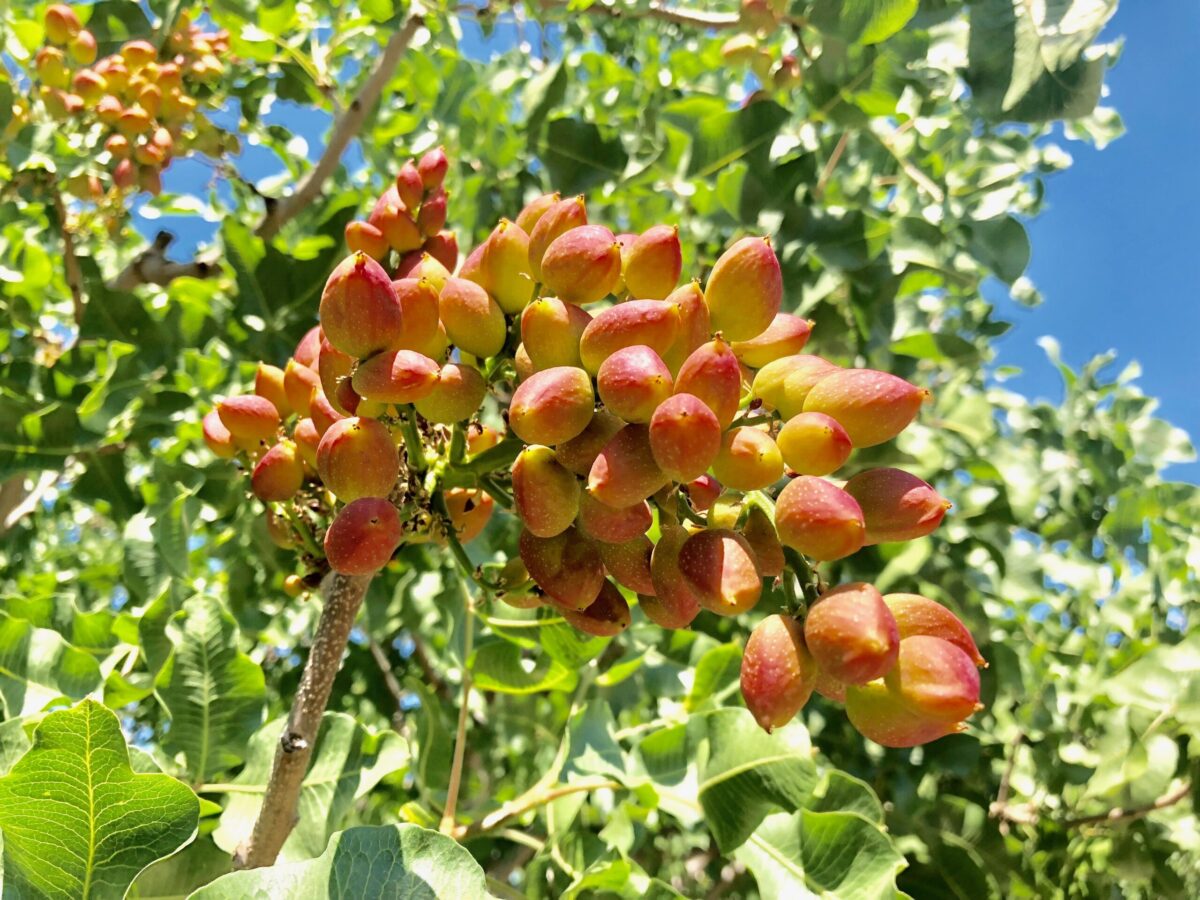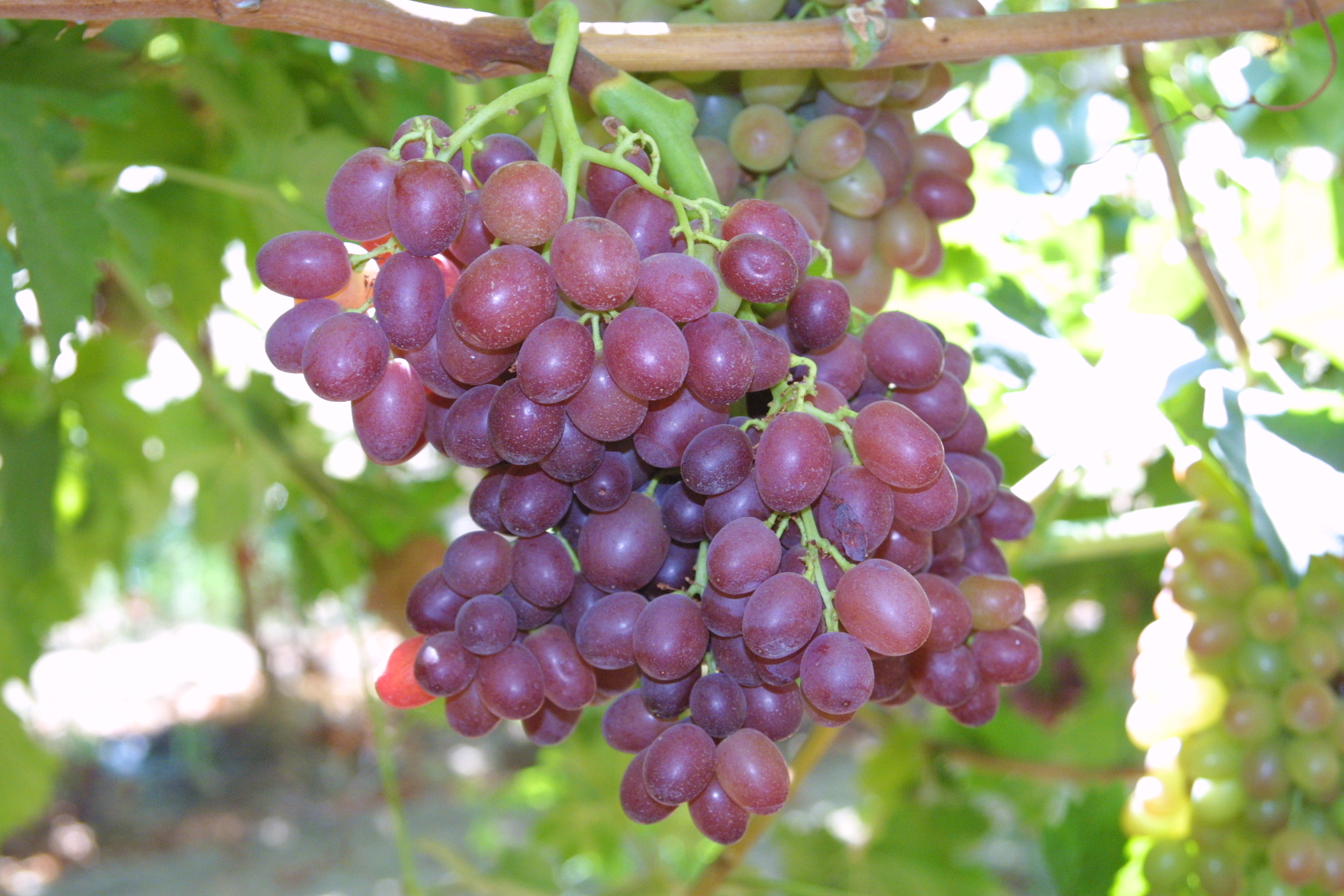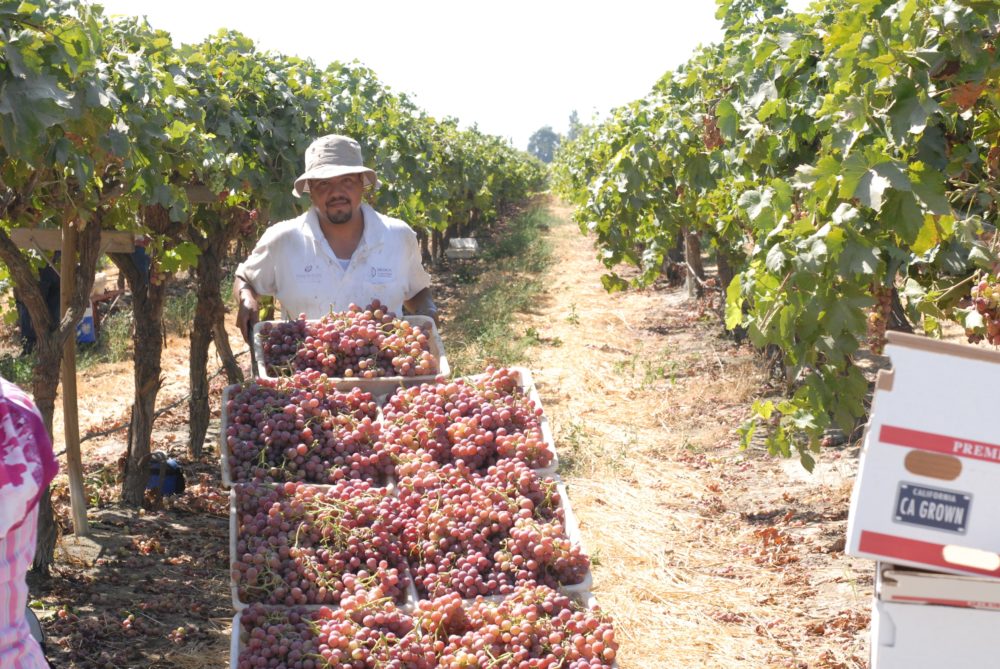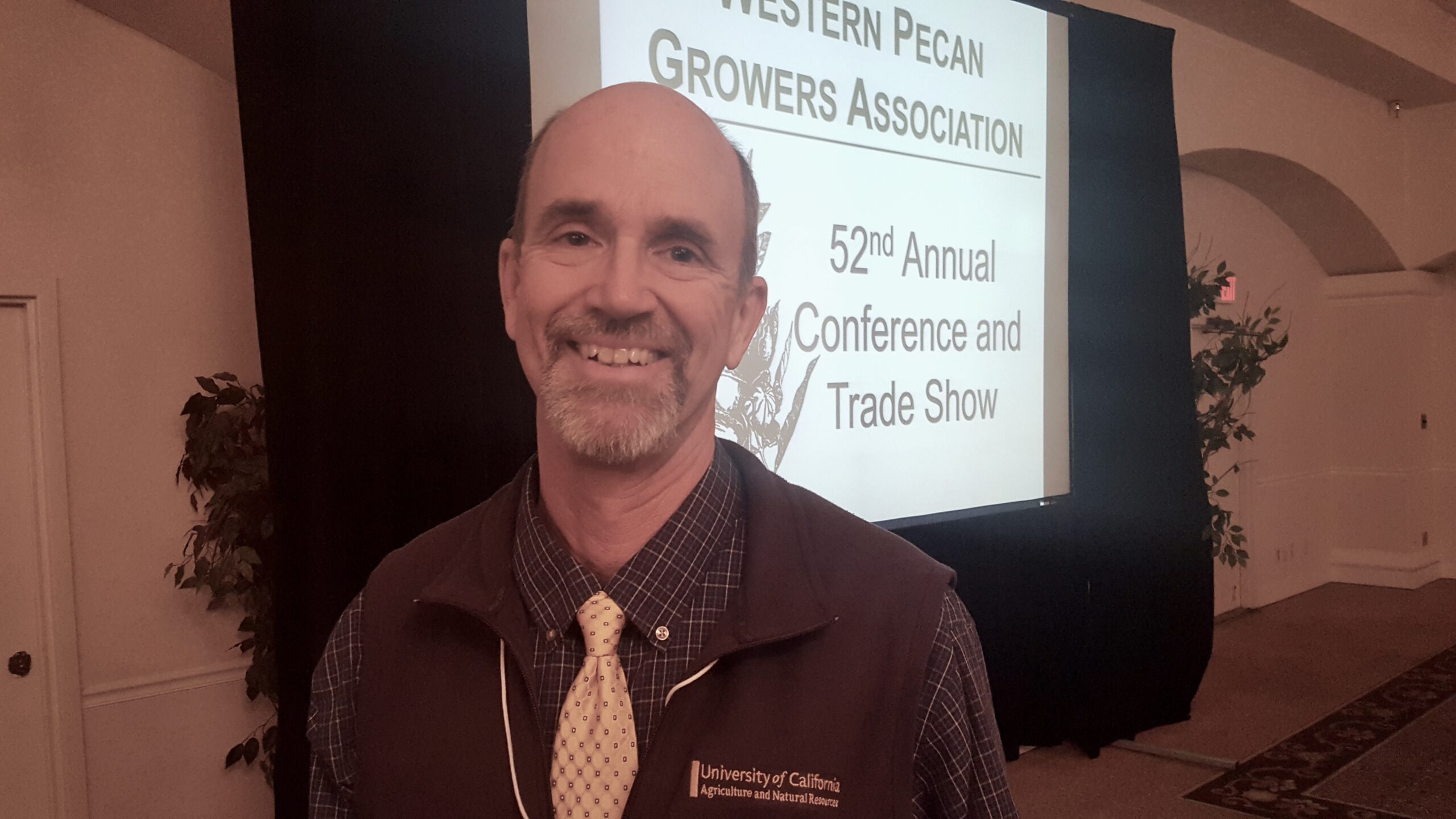Pistachios Now Included in CFAP Direct Grower Payments
Pistachios Eligible for Direct Payments Under Coronavirus Food Assistance
American Pistachio Growers (APG) today announced to its members that the United States Department of Agriculture (USDA) has now included pistachios in the Coronavirus Food Assistance Program (CFAP).
The official notice, which is expected to be published in the Federal Register on or about August 14, 2020, states that pistachios are among 20 additional agricultural crops in the U.S. that will receive direct payments under CFAP Category 1 due to commodities experiencing a 5 percent or greater price decline between January 15, 2020 and April 15, 2020 as a result of the COVID-19 pandemic.
In addition to making pistachios eligible for direct payments under Category 1, USDA has also increased the payment rate under CFAP Category 2, which is for sales losses for pistachios due to product that spoiled in the marketing channel, or due to the loss of the marketing channel. Increased payments under Category 2 apply to product that was actually shipped from the point of origin.
“As a grower, we know and feel the effects directly when prices decline. This program provides the support needed by farmers during this difficult time we are all currently experiencing,” said Brian Watte, Chair of APG’s Board of Directors. “
Pistachios were not initially included in the CFAP direct grower payment program, but through the concerted efforts of APG’s Washington, D.C. lobbying firm and numerous conference calls placed by APG representatives to officials within USDA to provide them with accurate sales data, pistachios are now included in the Category 1 list.
“We’re pleased that USDA took the effort to review all sales data on pistachios, particularly exports which have seen declines as a result of the Coronavirus pandemic experienced on a global basis,” said APG President Richard Matoian.
Pistachio growers can access the necessary forms at www.farmers.gov/CFAP. Matoian explained that growers will be working through their local Farm Service Agency office to submit the forms for direct payment.
Growers are advised to call (877) 508-8364 to begin the application process. For growers who applied for and were paid for CFAP prior to Category 1 eligibility being granted should not submit a new application, but rather should contact their FSA office to amend the application. Importantly, USDA has announced that the application deadline has been extended to September 11, 2020.



















